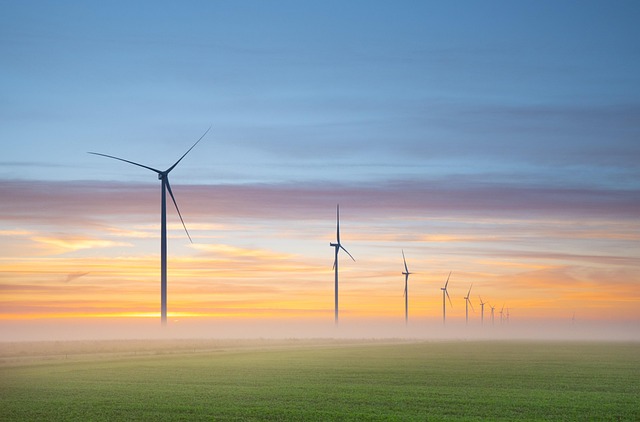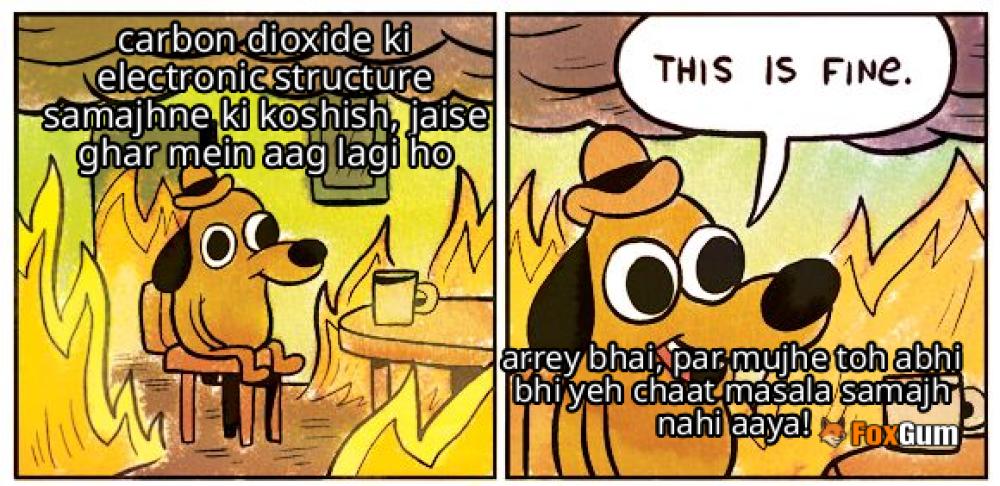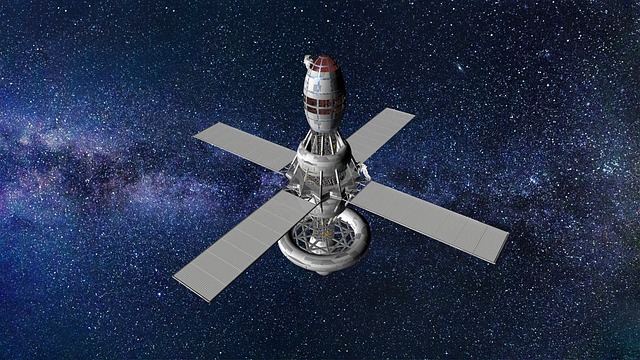
Academic Papers: A Guide for the Curious Mind
In a world where information is as abundant as cat videos on the internet, it's easy to get lost in the sea of academic papers. Whether you're a student, a professional, or just someone who enjoys the occasional deep dive into research (because who doesn't love a good graph?), understanding these papers can feel like deciphering ancient hieroglyphics. Fear not! This guide will help you navigate the sometimes murky waters of academic literature.
What Are Academic Papers?
At their core, academic papers are written documents that present original research, analysis, or reviews of existing research on a specific topic. They are typically published in scholarly journals and are peer-reviewed, meaning they undergo scrutiny from experts in the field before being deemed worthy of publication. Think of it as a rite of passage for research—if your paper can survive the gauntlet of peer review, it’s ready for the world to see!
Why Should You Care?
Academic papers might seem daunting, but they are the backbone of progress in various fields, including climate change and renewable energy. They provide valuable insights that can influence policy decisions, inspire innovations, and even help save the planet (no biggie, right?). Here are a few reasons why engaging with academic papers is worthwhile:
- Stay Informed: Academic papers often contain the latest findings and developments in a field.
- Critical Thinking: Reading and analyzing these papers sharpens your analytical skills.
- Inspiration: They can spark new ideas or approaches in your own work.
- Networking: Engaging with research can connect you with like-minded individuals and experts.
How to Read an Academic Paper
Reading an academic paper is not like flipping through a magazine. It requires a bit of strategy. Here’s a simple approach to tackle that intimidating wall of text:
- Start with the Abstract: This is the summary of the paper. It gives you a quick overview of the research question, methods, and findings.
- Check the Introduction: This section provides context and the significance of the research. It’s like the trailer for a movie—get the gist before diving in.
- Look at the Figures and Tables: Visuals can often communicate complex data more effectively than text.
- Read the Conclusion: This section wraps up the paper’s findings and implications. It’s like the dessert after a hearty meal—sweet and satisfying!
Where to Find Academic Papers
Now that you’re ready to dive into the world of research, where do you find these gems? Here are a few go-to resources:
- Google Scholar: A user-friendly search engine for scholarly articles.
- SSRN: A repository for preprints and research papers across various disciplines.
- Elsevier Journals: A treasure trove of peer-reviewed articles on climate change, renewable energy, and more.
- ResearchGate: A social networking site for researchers to share papers and collaborate.
Final Thoughts
Engaging with academic papers may seem like a daunting task, but with the right approach, it can be an enlightening experience. Whether you're looking to stay informed on climate change or simply want to impress your friends with your newfound knowledge, academic research is worth the effort. So grab that coffee, put on your reading glasses, and dive into the world of research—you might just discover something amazing! ☕📚

















 South China Sea on World Map
South China Sea on World Map 
 Health
Health  Fitness
Fitness  Lifestyle
Lifestyle  Tech
Tech  Travel
Travel  Food
Food  Education
Education  Parenting
Parenting  Career & Work
Career & Work  Hobbies
Hobbies  Wellness
Wellness  Beauty
Beauty  Cars
Cars  Art
Art  Science
Science  Culture
Culture  Books
Books  Music
Music  Movies
Movies  Gaming
Gaming  Sports
Sports  Nature
Nature  Home & Garden
Home & Garden  Business & Finance
Business & Finance  Relationships
Relationships  Pets
Pets  Shopping
Shopping  Mindset & Inspiration
Mindset & Inspiration  Environment
Environment  Gadgets
Gadgets  Politics
Politics 